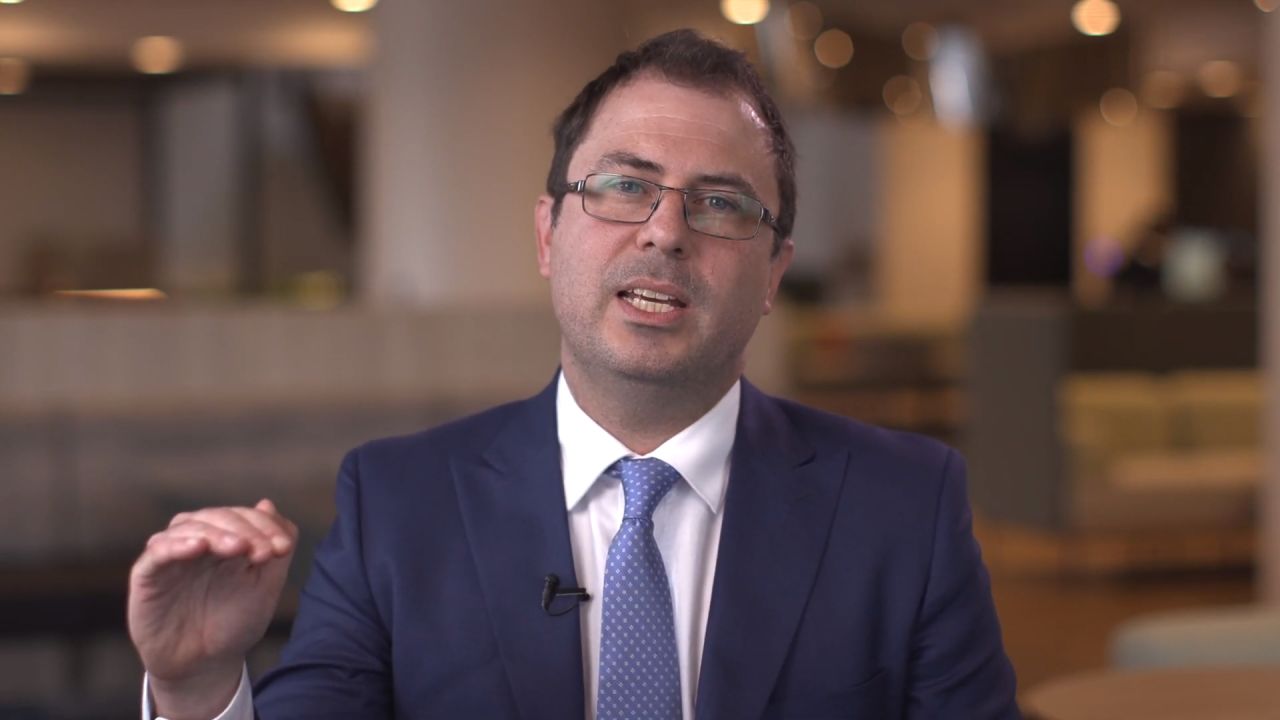How insurance helps economic recovery after disaster strikes
We study the economic impact that insurance plays following a natural disaster, how insurance gets communities back on their feet faster, and why more investment in mitigation is urgently required.

#Report highlights
Tathra Bushfires
Tathra would have had a 15% permanent loss in GDP without insurance.
Cyclone Debbie
Whitsundays would have had a 23% permanent loss in GDP without insurance
Hobart Floods
Impacted areas of Hobart suffered a 7.5% decrease in GDP.
What's the role of insurance in restoring local economic activity and reducing the long-term impact of natural disasters?
Natural disasters can severely hurt a local economies and lead to a permanent reduction in GDP, affecting people and businesses for the long term. We need to better mitigate adverse outcomes from natural disasters so when they strike, communities can get back to normal quickly.
Our recent 'SGS Report: Economic Recovery After Disaster Strikes' found that:
- The economic impact of a major natural disaster on a regional community is equivalent to a factory or mine closure – with widespread impact across the whole community.
- In a regional town, the loss caused by a major natural disaster is equivalent in economic terms to local industry closing overnight. Regional economies have a high reliance on capital intensive sectors like resources, agriculture, and tourism, which are sectors vulnerable to disasters.
- The vulnerability of regional economies makes a strong case for preventative resilience spending, yet 97 per cent of Commonwealth disaster related funding to-date has been spent on recovery after a disaster.
- The speed of the disaster response, and injection of funds, are critical to the strength of the long-term recovery.
- Communities that are able to recover quickly after a natural disaster are more likely to thrive. We know that once residents or businesses leave, it is very hard to get them back. Insurance payouts mitigate the initial effect of the disaster and support economic recovery over the long run. The contributions from the insurance industry support both the policy holder and help stabilise local economies.
- Governments should treat mitigation and resilience projects as investments critical to the economic future of communities.
- Investment that builds resilience and reduces the physical impacts from increasing intensity of severe weather events, provides security to regional areas, and makes insurance more affordable for regional Australians.